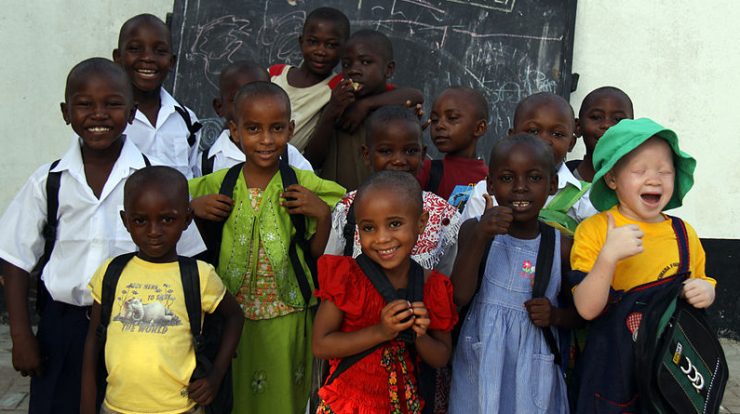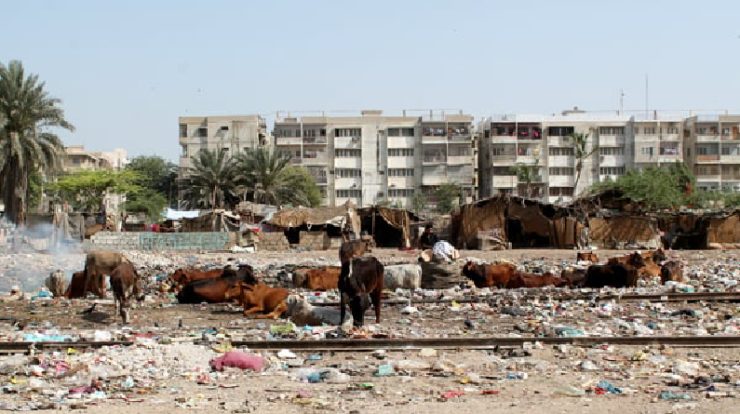
We welcome the news that secondary school tuition in the United Republic of Tanzania will no longer be required. A primary goal of the new policy is to eliminate tuition and other school-related costs for families throughout a child’s first eleven years of formal education. As described in the most recent GMR, this policy is central to promoting universal primary and secondary education, which is in line with the new commitments made by countries as part of the sustainable development agenda. However, as this blog post emphasises, doing away with all fees isn’t the ultimate goal. We must also keep an eye on indirect costs to make sure they don’t rise to make up for the shift.
Lower secondary education has been included in basic education in many countries. The GMR notes that 94 of the 107 low and middle income countries have legislated free lower secondary education, and this was before the announcement by Tanzania. Sixty-six have safeguards written into their constitutions, and the remaining 28 have enacted additional legislation. Current data shows that only Botswana, Guinea, Papua New Guinea, and South Africa offer secondary education at significantly reduced costs.
Tanzania is the latest nation to make attending school through the end of secondary school mandatory. By 2012, the laws of two of the three countries that had made lower secondary education optional in 2000 had been amended to make it mandatory. India, Indonesia, Nigeria, and Pakistan are just some of the countries that have made elementary and secondary school attendance laws mandatory since the year 2000. In 2012, only 25 countries, including Iraq, Malaysia, and Nicaragua, did not have a law mandating secondary school attendance.
As Tanzania has experienced since 2002, countries that eliminate primary school tuition see a rise in enrollment. Ethiopia, Ghana, Kenya, Malawi, and Uganda all experienced the same thing. Since 2005, when Burundi abolished school fees, the country has seen a dramatic drop in the number of children of primary school age who have never attended school.
The elimination of school fees will have a positive effect on equity, which is encouraging for Tanzania. By doing away with primary school tuition, countries like Kenya, Malawi, Timor-Leste, Uganda, and Zambia saw an increase in enrollment from previously underrepresented demographics. For example, studies in Tanzania’s neighbour Uganda found that eliminating primary school fees increased enrollment, retention, and graduation rates, especially among girls and children living in rural areas.
If secondary education is in such high demand, why the uptick? The rising primary school graduation rate is a major contributor to the demand for secondary education because it expands the pool of potential students. After the government of Thailand successfully implemented a policy of universal primary education, pressure mounted for the country to do the same for secondary education.
See Also: Australia reveals the discovery of a radioactive capsule thought to have been lost
A scene from one of Antofagasta’s primary schools, which is located in one of the city’s poorest neighbourhoods. Even though it has the highest GDP per capita in Chile, Antofagasta is also one of the most expensive cities in the country. This area, where the school is located, is one of the poorest in all of Antofagasta. Nothing of value is available without some effort. But as we have seen with the movement to eliminate fees for public elementary and secondary education, even when school is free, families can still pay considerable amounts for their children’s education. Several studies have found that wearing school uniforms has positive effects on students’ academic performance and attendance. For this reason, the GMR advocated for tuition-free education to account for the full cost of a child’s education, including the hidden costs associated with things like travel to and from school, supplies, meals, and supplemental lessons.
Governments need to find a way to make up for the money that was formerly provided by student tuition. When nations decide to do away with school fees, they must find other ways to pay for public education. Capitation grants, which were intended to help with these costs at the primary level, for example, have a history of being inadequate, poorly delivered, and poorly targeted. Schools in most sub-Saharan African countries had to manage more students with fewer resources because the grants were typically lower than what they had collected from parents. Due to the fact that they weren’t, in most countries, grants gradually lost a lot of their purchasing power due to inflation. Subsidy levels in Sierra Leone, for example, were established in 2010 at US$2.20 per student per year, an amount that was still considered insufficient to cover the country’s basic operating costs for schools. In light of this and other payment issues, tuition has been reinstated. Moreover, new data from Lesotho suggests that the per-pupil allocation was inappropriate because it failed to take into account the varying requirements of individual schools.
Moreover, in some nations, the distribution of these grants to cover expenses has been inadequate. As a result of banking delays, money intended for primary schools in India often did not make it there on time. In 2008 and 2009, 60 percent of South African schools adopted a no-fee policy that had previously only applied to the most disadvantaged primary schools. However, due to significant implementation delays, many low-income families are still required to pay school fees, and cases of absenteeism attributable to financial reasons have increased. Corruption in capitation grant programmes, such as those in Kenya and Uganda, is another major issue at the primary level.
Political support is likely to be strong for any effort to do away with school fees. This news comes after Tanzania’s presidential elections in October, which is no coincidence. However, the new President should take heed of the warnings provided above and in the GMR to avoid fee-potential abolition’s pitfalls and make sure the policy delivers on its promises.
Evidence presented in the Global Monitoring Report indicated that the Dakar Framework for Action may have contributed to the formation and legitimization of domestic institutions and civil society organisations that advocated for the right to basic education. Organizations are likely to redouble their efforts because of the Incheon Declaration’s call for “12 years of free, publicly funded equitable quality primary and secondary education.” We can take heart from the fact that Tanzania is one of the first countries to take concrete action in line with our new global agenda after hearing our pleas.


